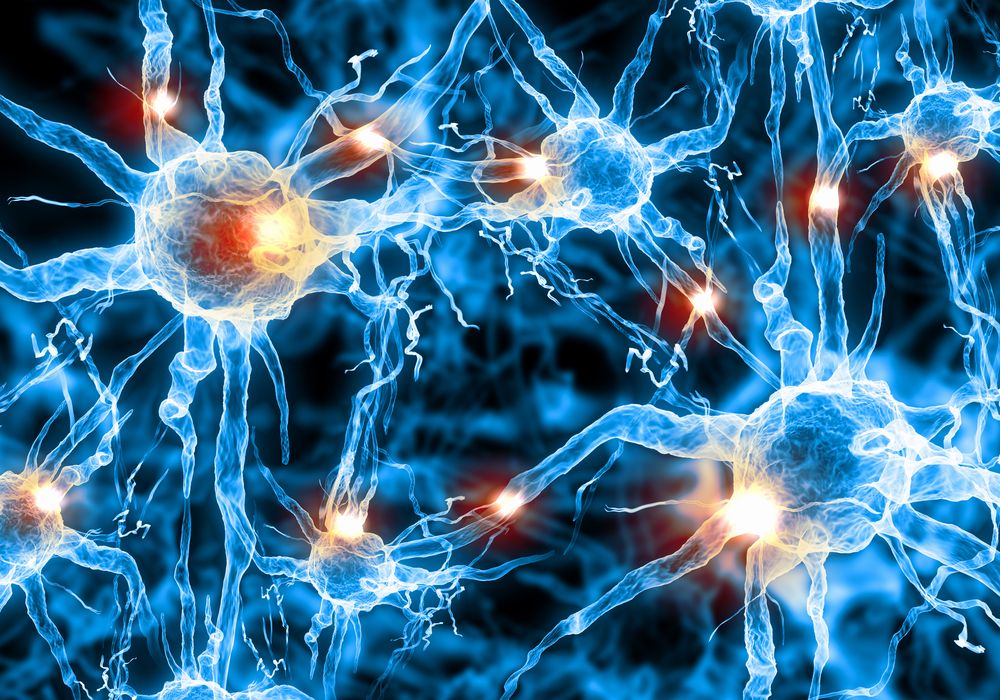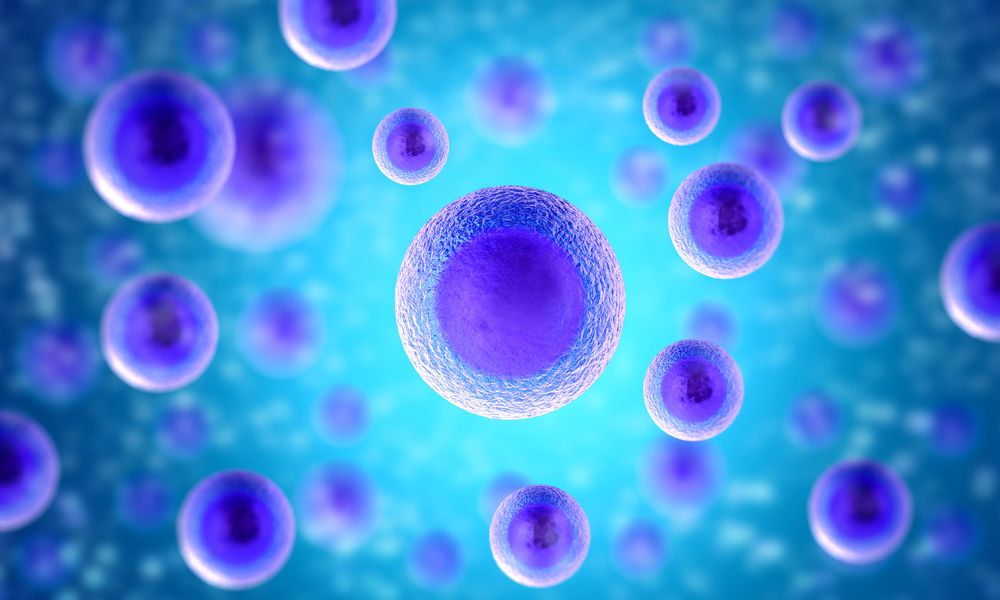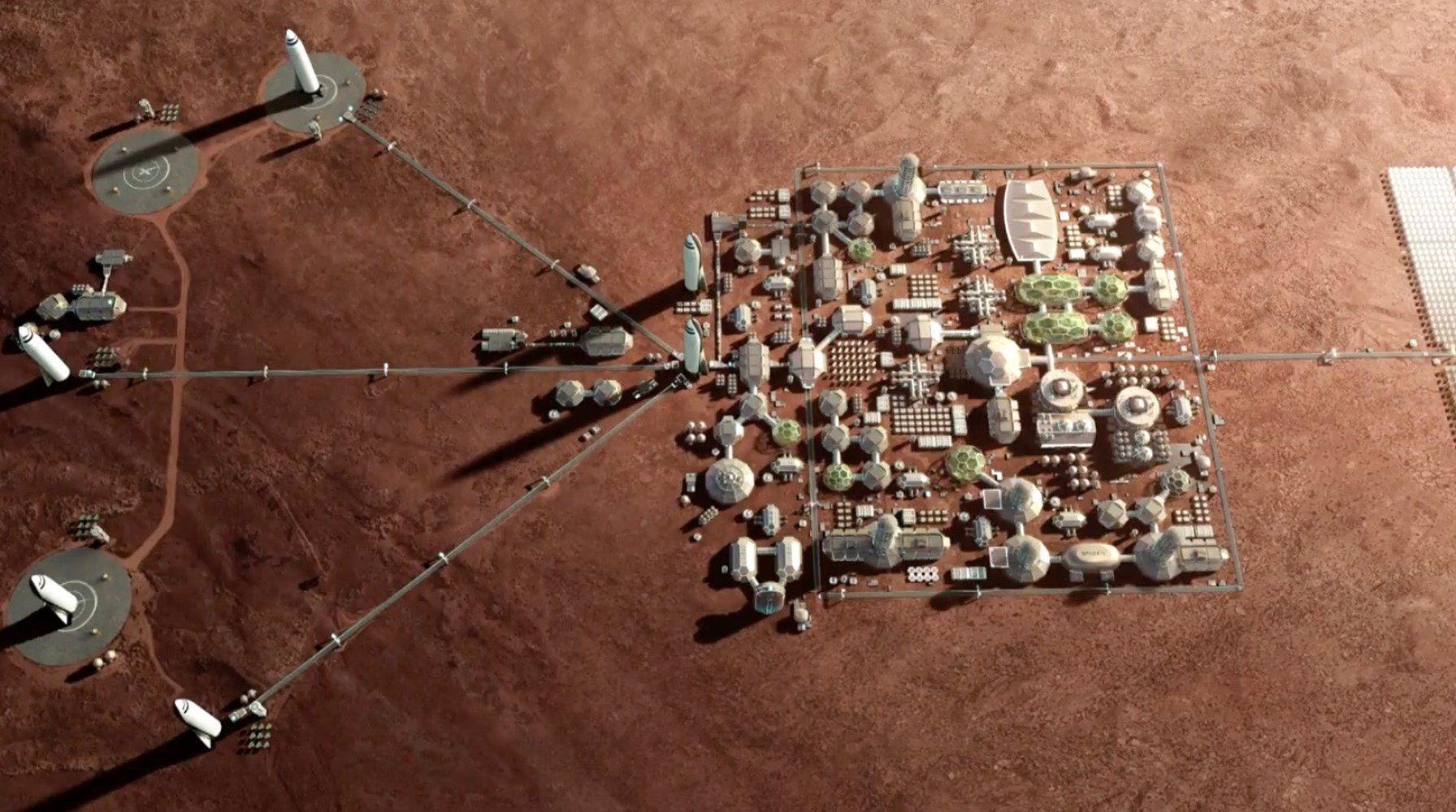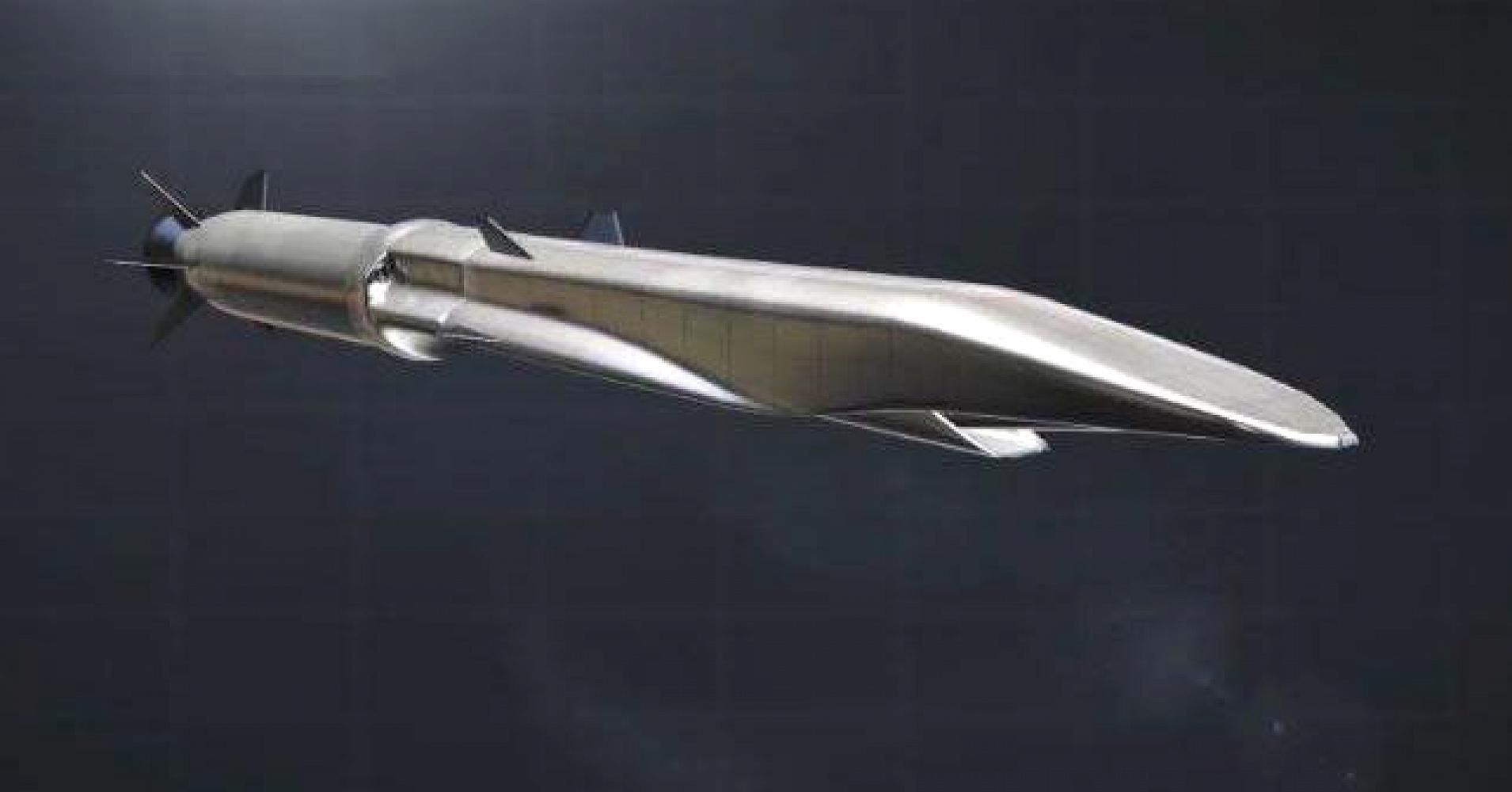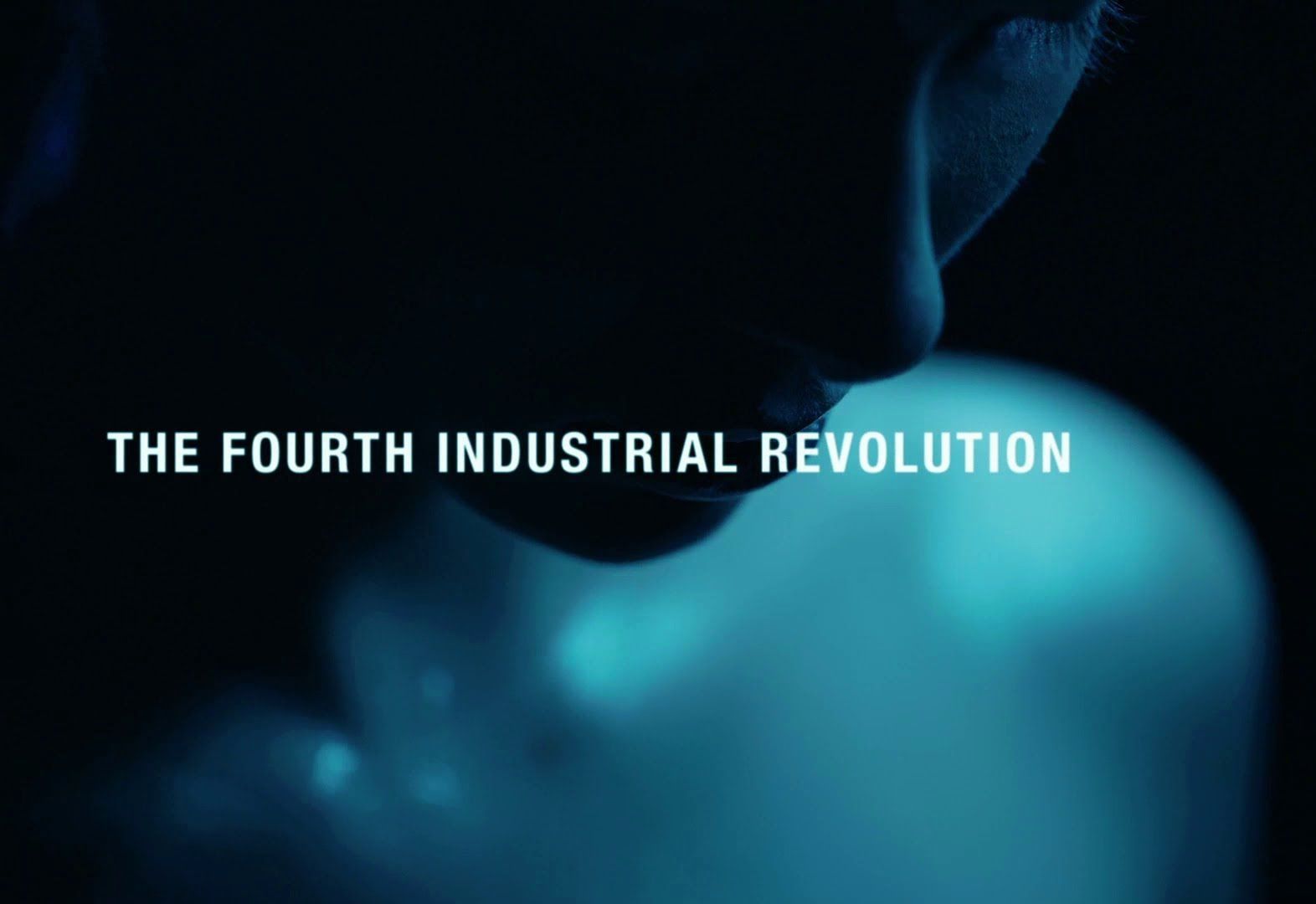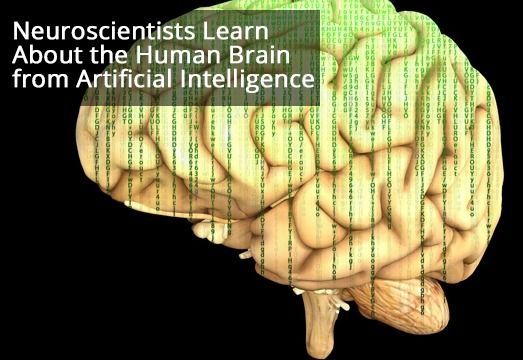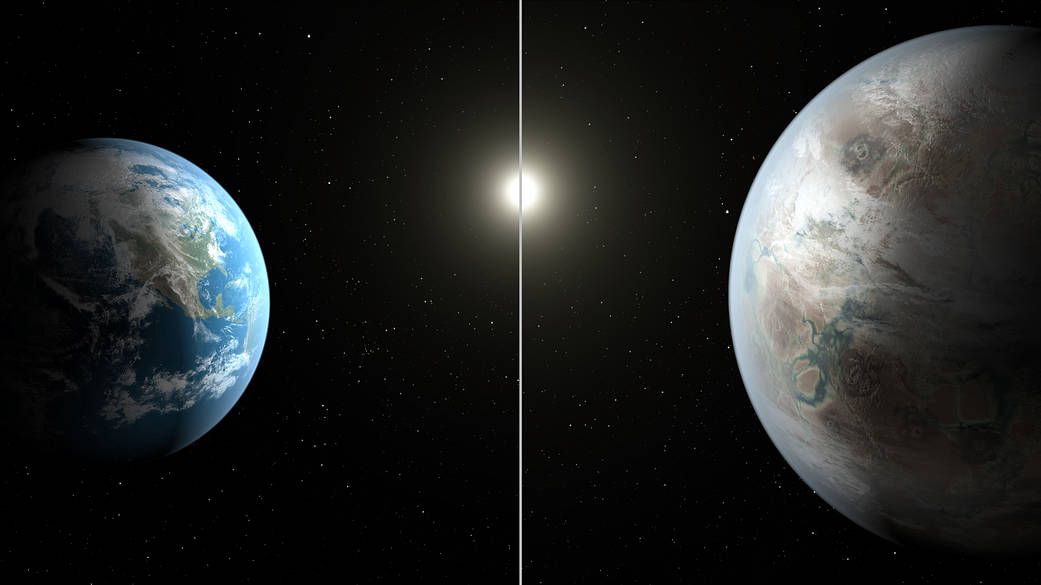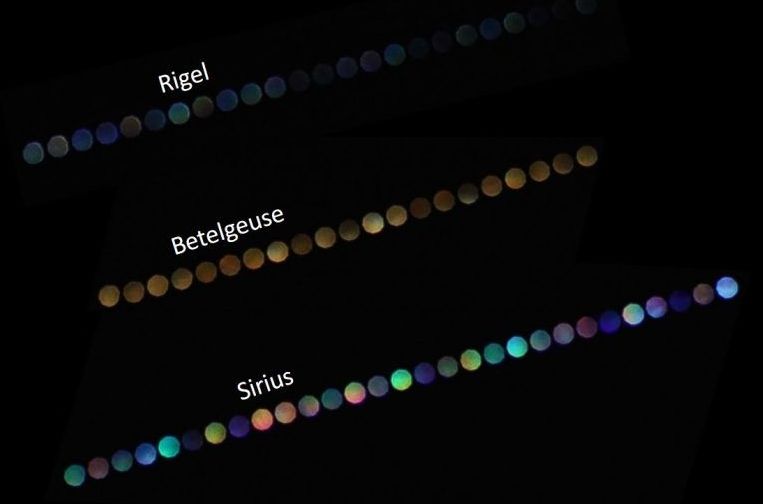In a paper published on March 15, 2018, in the journal Science, Stanford researchers led by Dr. Dena Leeman showed that intracellular protein aggregates accumulate within the lysosomes of neural stem cells that were previously thought not to suffer from this problem [1].
Intracellular waste disposal 101
Dysfunctional proteins and organelles within a cell constitute intracellular waste that the cell needs to dispose of. To do so, the cell may avail itself of proteasomes and lysosomes. Proteasomes are protein complexes that, with the help of enzymes, break down other, unnecessary proteins into shorter amino acids that can then be recycled to build new, useful proteins. Proteasomes are found within the cell nucleus and in the cytosol—the aqueous solution in which everything in a cell floats. The discovery of proteasomes happened later than that of lysosomes, which, for a while, were thought to be the only cellular waste management systems.
